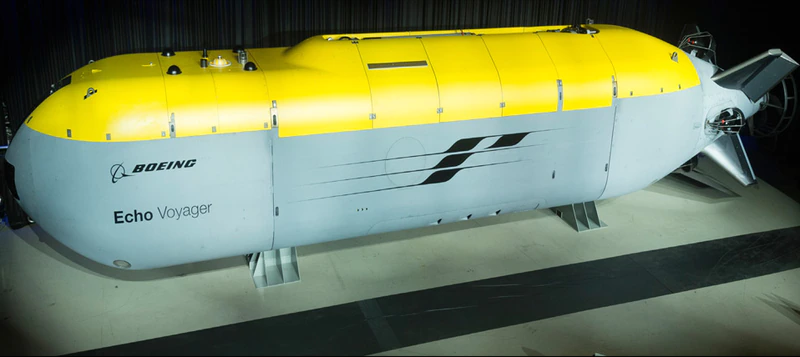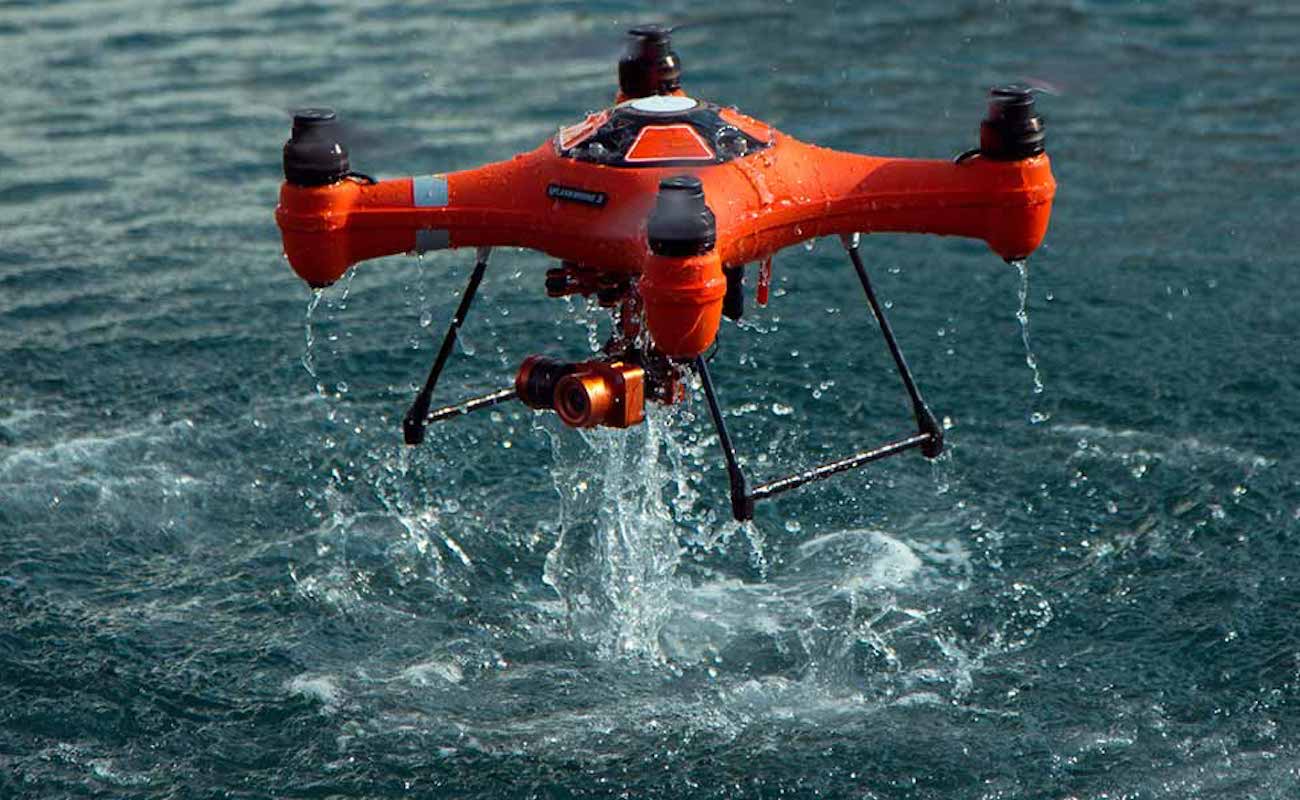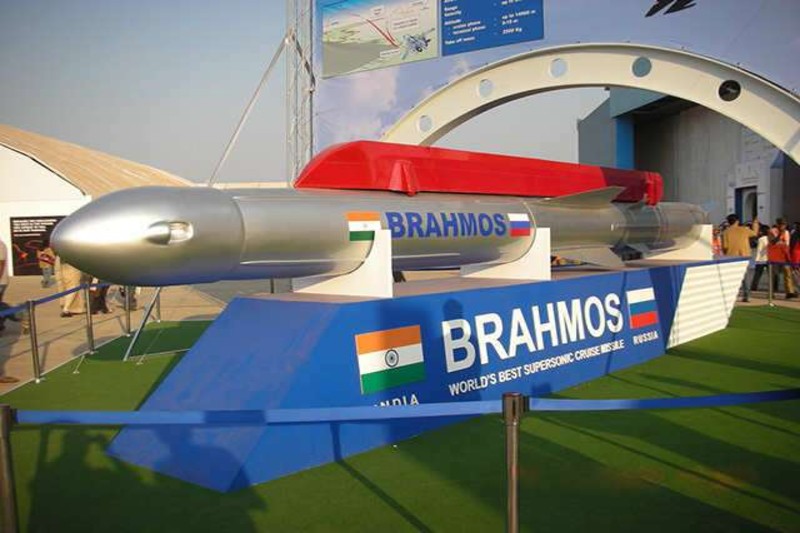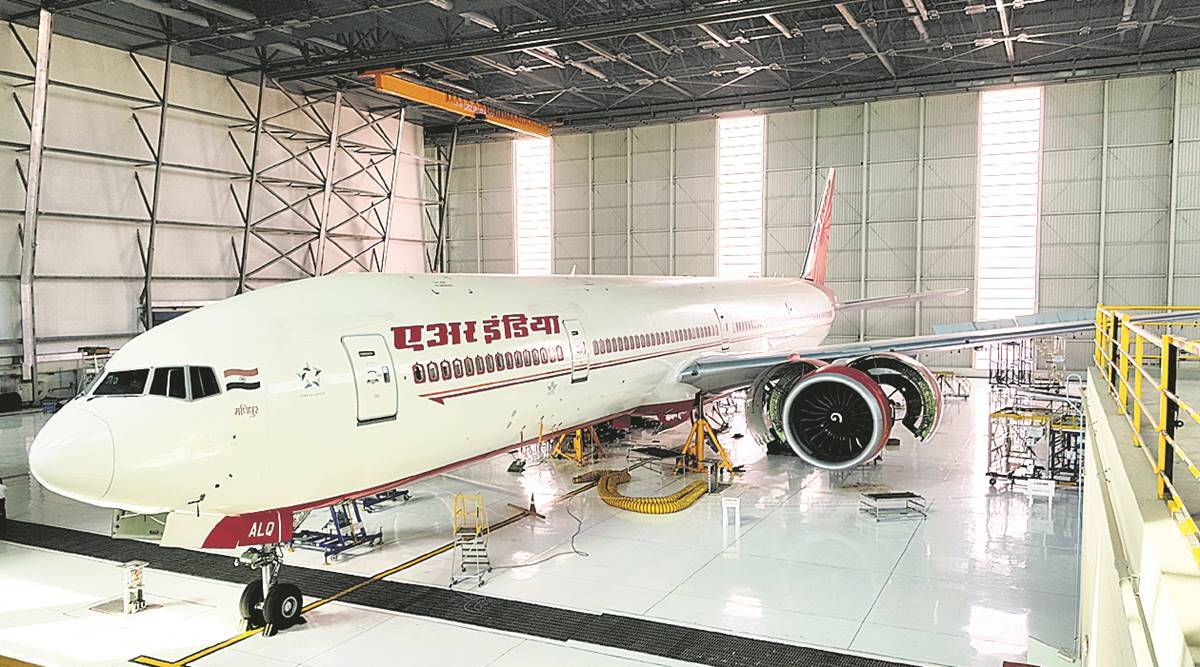Sustainable Aviation Fuel (SAF) - A Potential Game Changer to Decarbonize Air Travel

“Climate change is one of the most pressing issues of our day, requiring concerted effort expressed in a shared vision and engagement across government, industry, and society to address. From now until 2030, we have a window of opportunity to change the global trajectory to one that is more sustainable. Indeed, the decisions made now will influence future generations' ability to survive on this planet.”
Air travel has unquestionable economic and social benefits, offering global access to goods and services as well as opportunity to see new locations and cultures. The aviation industry has played a significant role in facilitating both the benefits and threats of globalisation, such as the current pandemic. In this context, the aviation sector and its entire value chain are currently faced with the issue of delivering advantages in an environmentally friendly manner.
As travel picks up in the aftermath of the epidemic, aircraft will resume contributing around 3% of total world GHG emissions, with overall climate change impacts increasing due to climatic-forcing factors. Hybrid-electric and hydrogen-powered aircraft could help the industry significantly achieve the next efficiency horizon, but development and implementation at scale could take 10 to 20 years, and the technology will initially be limited to smaller, shorter-range aircraft.
What is Sustainable Aviation Fuel (SAF)?
Sustainable aviation fuel is made from renewable resources and has a chemical that's extremely comparable to typical fossil jet fuel. Using SAF reduces carbon emissions over the lifecycle of the fuel as compared to the traditional jet fuel it replaces. Cooking oil and other non-palm waste oils from animals or plants are common feedstocks, as are solid waste from homes and companies, such as packaging, paper, textiles, and food scraps that would otherwise be disposed of in landfills or incinerated. Forest debris, such as waste wood, and energy crops, such as fast-growing plants and algae, are also possible sources.
Why is SAF on the rise & important?
Jet fuel has a high energy density for its weight, and it is this energy density that has made commercial flying possible. There are currently no other feasible options for carrying large groups of people swiftly over great distances, therefore aviation is reliant on this sort of fuel. The carbon footprint of a return flight between London and San Francisco is roughly 1 tonne of CO2e per economy ticket. With the aviation sector set to double in size to over 8 billion passengers by 2050, it's critical that we act now to cut carbon emissions, and SAF is one method Air bp is achieving just that.
Depending on the sustainable feedstock utilised, production process, and supply chain to the airport, SAF can reduce carbon emissions by up to 80% over the lifecycle of the fuel compared to the traditional jet fuel it replaces.
Identifying Sustainable Feedstocks
There is no single sustainable feedstock that will meet all of the sector's needs; the business will need to explore a variety of solutions. Environmental integrity, on the other hand, is critical when choosing an appropriate feedstock. SAF must also not jeopardise food security or cause indirect land-use changes. If reusable plastics are used as fuel instead of recycled, they produce more CO2 over their lifetime than fossil jet fuel. Because the resulting fuels produce more CO2 than waste and residue-based fuels – and some produce even more CO2 than fossil jet fuel — edible oils and sugars are prohibited. Food and feed demand may be increased if planes are fuelled with edible materials. However, specific edible feedstocks may be reconsidered in a local evaluation if sustainable local production is possible and does not compromise local food security, and other feedstocks are unable to meet demand.
Unlike reusable plastic, point-source CO2 gathered from factory tailpipes and other industrial waste gas may save money in the long run, but it raises other difficulties. SAF production should not serve as a commercial basis for other industries to produce carbon waste, and double-claiming must be avoided. In other words, if non-emitting alternatives are available, SAF production should not generate incentives to continue using fossil fuels. If tailpipe emissions are caught and used for SAF, the recycled carbon should be credited only to the industrial site or SAF producer. However, recycled carbons (excluding recyclable plastics) could be used as a bridging feedstock to assist scale and mature technology until more cost-effective and ecological options become available. Carbon capture and storage is one example (CCS).
Sustainability criteria
- Feedstocks grown on land with biodiversity, conservation value, or ecosystem services were not allowed.
- Feedstocks from primary forests, wetlands, peatlands, and other regions with significant carbon stocks are excluded, as is land converted after January 1, 2008, in accordance with the European Union's RED II guidelines for preventing high indirect land use change.
- Feedstocks that might otherwise jeopardise the physical, chemical, or biological properties of soil are prohibited.
- To prevent competition with other sectors, feedstocks having primary uses outside the energy industry are excluded, such as biomass used for animal bedding and feeding, as well as pulp and paper manufacture. However, it is crucial to note that the division of feedstock within the energy sector is not taken into account at this time; only its availability for energy production in general, including aviation, marine, and road fuel, as well as electricity and heating, is taken into account.
Cost of SAF Compared to Traditional Jet Fuel
Currently, SAF is more expensive than standard fossil jet fuel. This is due to a mix of present sustainable feedstock supply and the ongoing development of new production technology. As technology advances, it is expected that it will become more efficient, resulting in lower costs for customers.
SAF can integrate with current infrastructure and aircraft right away. It has the potential to reduce carbon emissions by up to 80% over the lifecycle of the traditional jet fuel it replaces. SAF will play a critical part in reaching the aviation industry's carbon reduction commitments, but we must take advantage of all available carbon-reduction alternatives. Across the industry, there are numerous main potential for carbon reduction, including more efficient aircraft design, smarter operations, and the development of future technologies such as electrification.
Major Market Highlights
- SAF manufacturing from power-to-liquid (PtL) or e-fuels is being pursued by Sunfire, Caphenia, and other companies. Sunfire's Norsk e-fuel project produces syngas utilising an SOEC co-electrolysis method. The reverse-water-gas-shift alternate approach to syngas has yet to be built up. Caphenia uses a technique called "power-and-biogas-to-liquid." The business is currently constructing a prototype plant and expects to begin production in 2023.
- The most difficult challenge in the PtL process is obtaining affordable large-scale sustainable CO2 and renewable electricity or green hydrogen. Green hydrogen generation or co-electrolysis requires more sustainable power than is now accessible at adequately localised levels, and direct air-caught carbon and biomass-based, point-source captured carbon are not yet available at scale. Production locations for both technology paths should be carefully selected based on the cost of renewable electricity and the availability of BECCS or DAC carbon. Modular co-electrolysers have the advantage of being easier to scale than reverse-water-gas-shift configurations, which are more complicated.
Conclusion
On an individual level, certain airlines are now offering consumers and business customers the choice to support the use of SAF to decrease emissions linked with their ticket, and we think these are great initiatives.
The key to increasing SAF adoption and deployment is cost reduction. Long-term, this will necessitate investment in advanced technologies that can process feedstocks more efficiently at larger scales, as well as investment in the development of sustainable and scalable feedstock alternatives. In the medium run, however, governments and other stakeholders will need to provide temporary support in the form of legislative incentives. To provide investors the confidence to undertake the large expenditures required to expand supply, this support must be part of a long-term framework.











